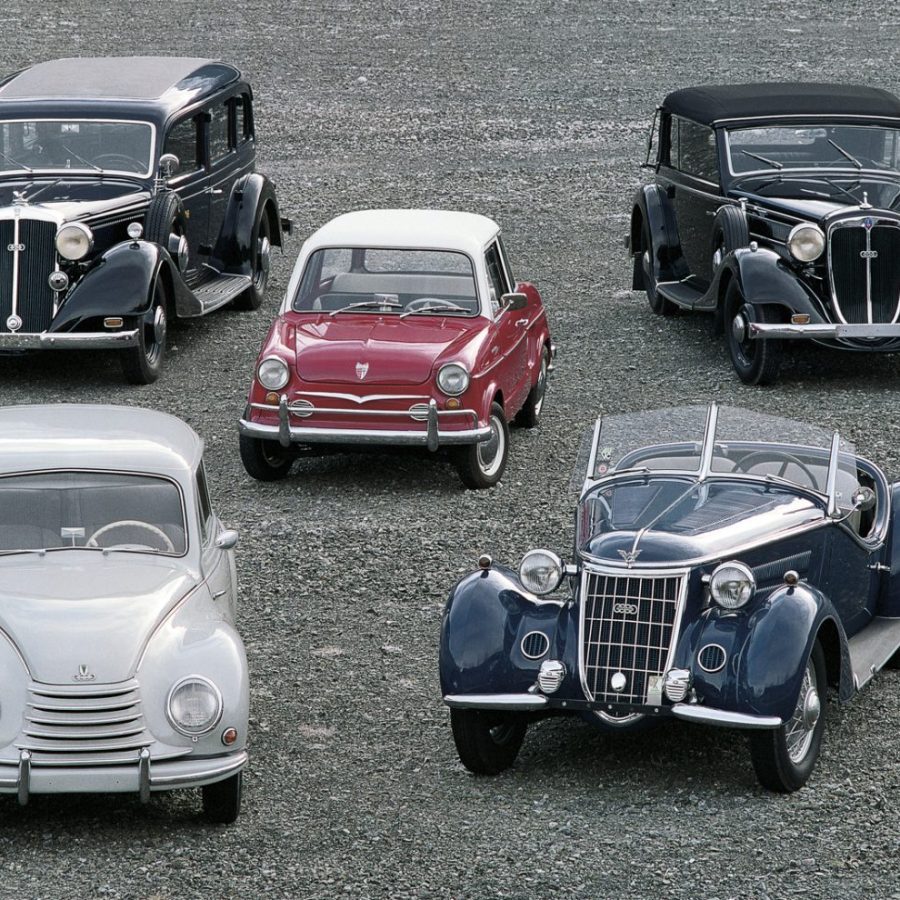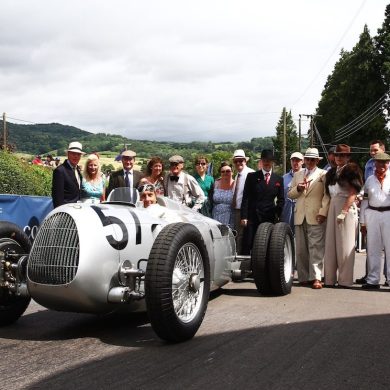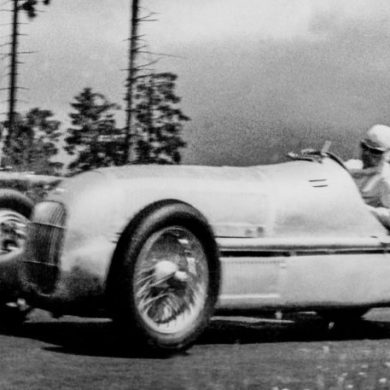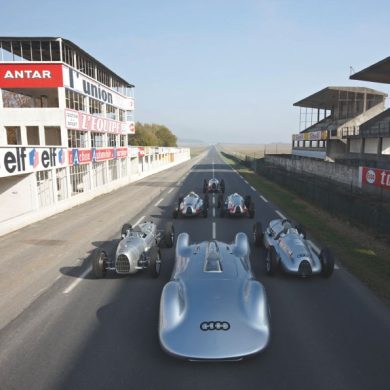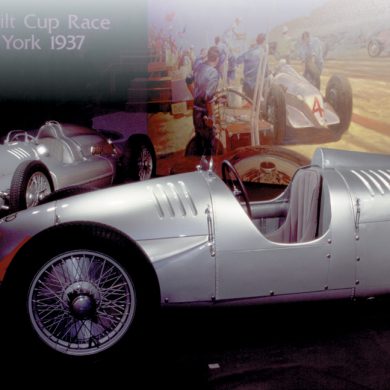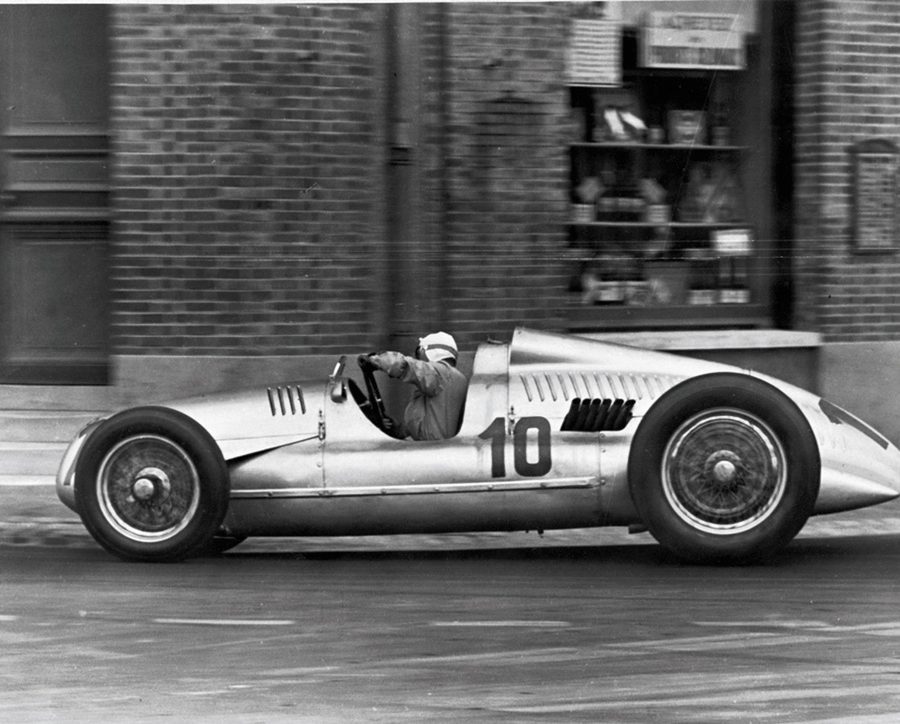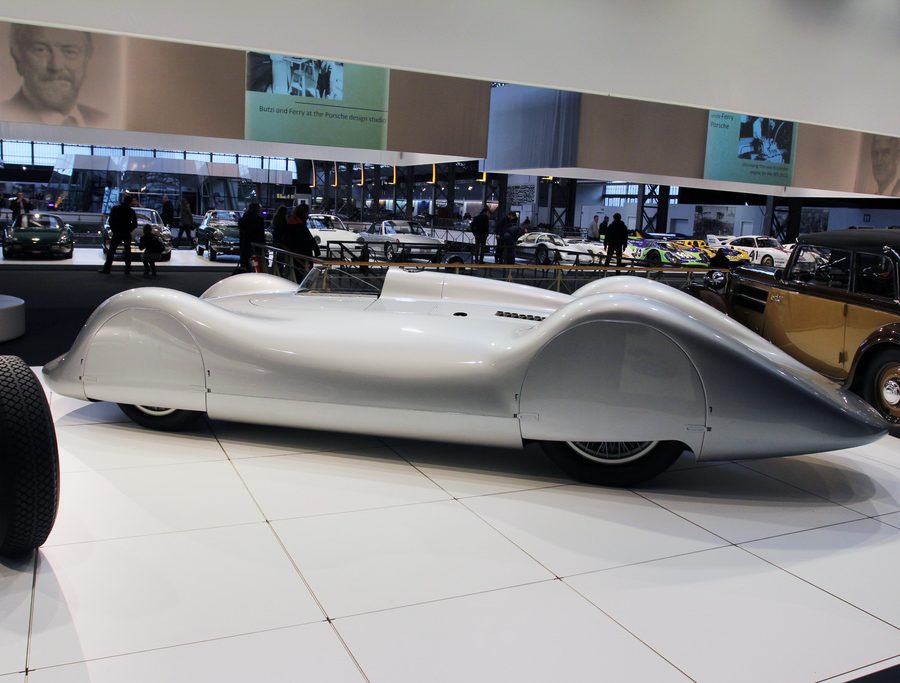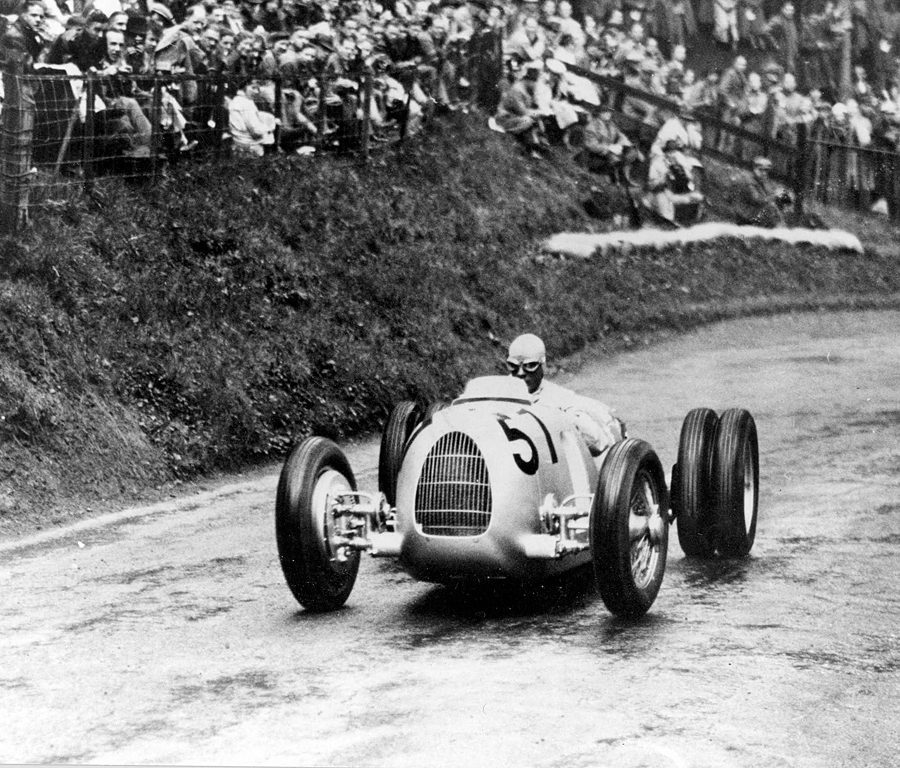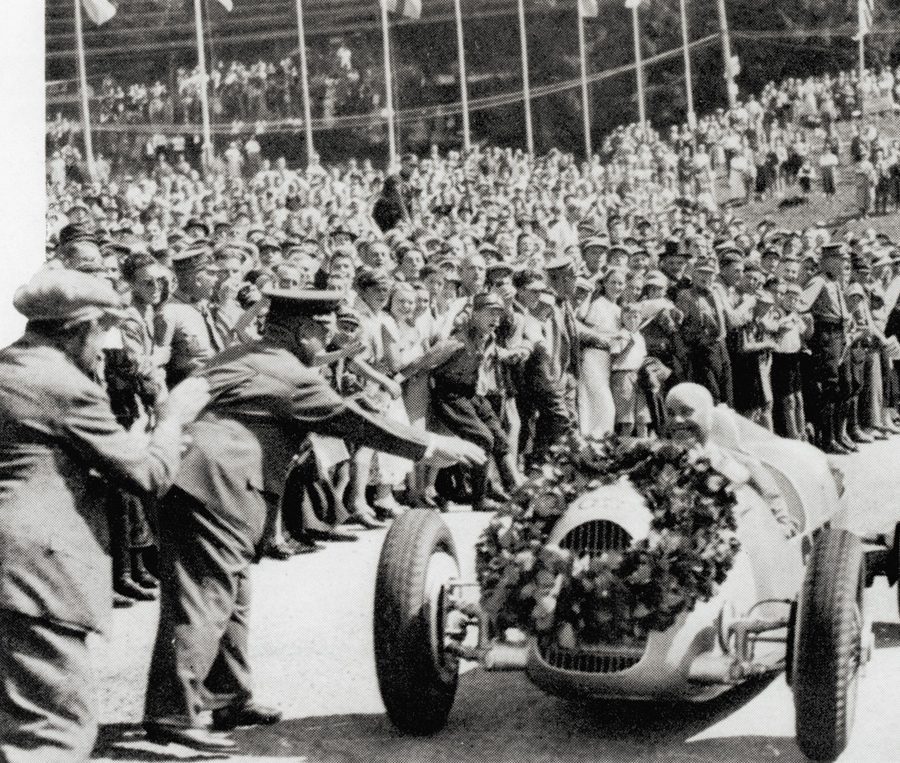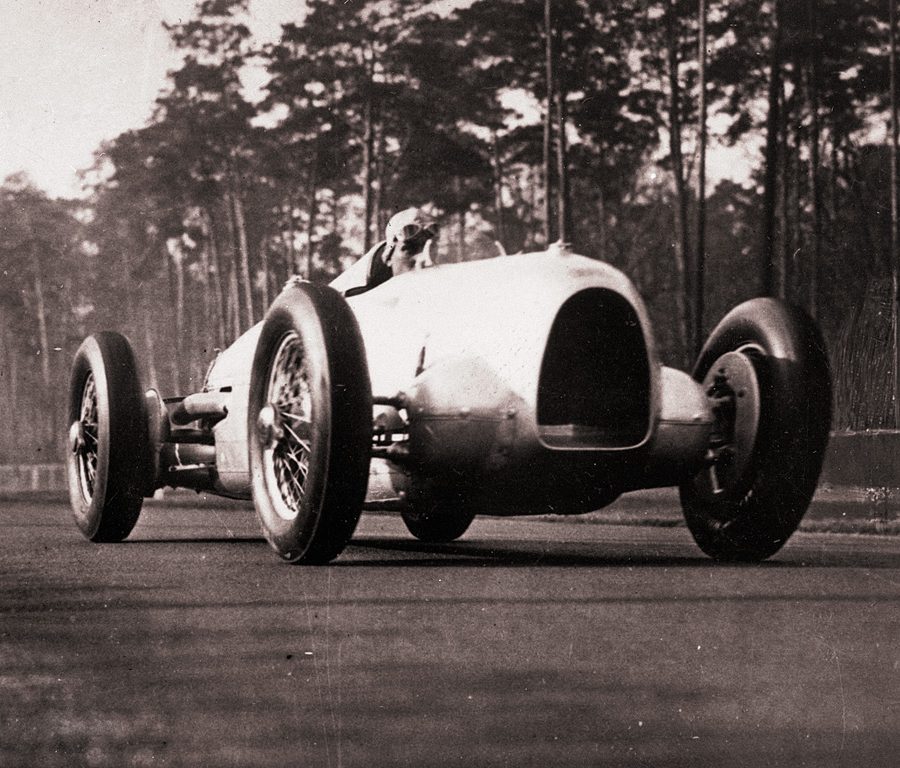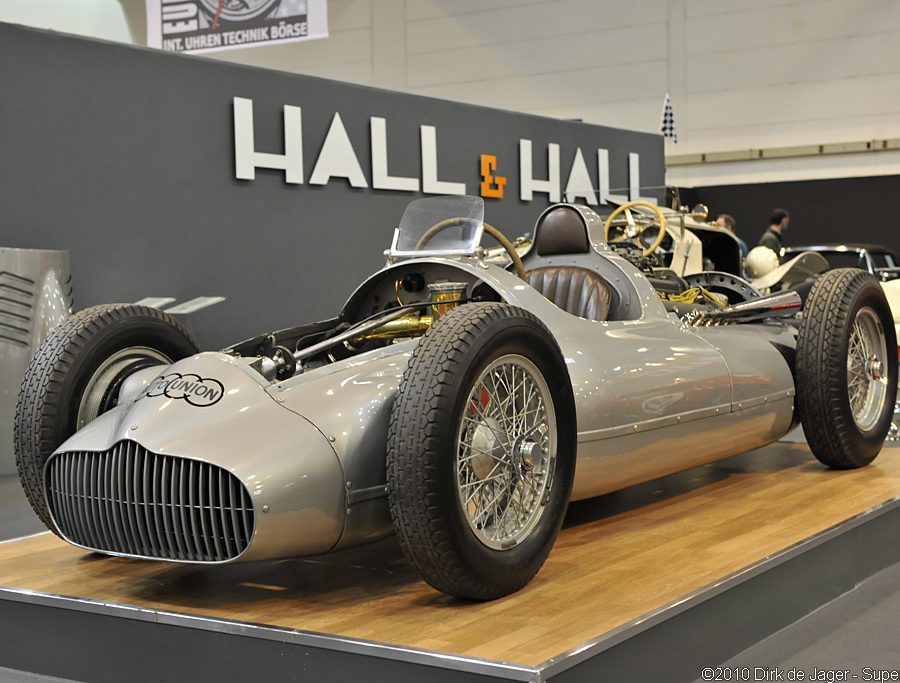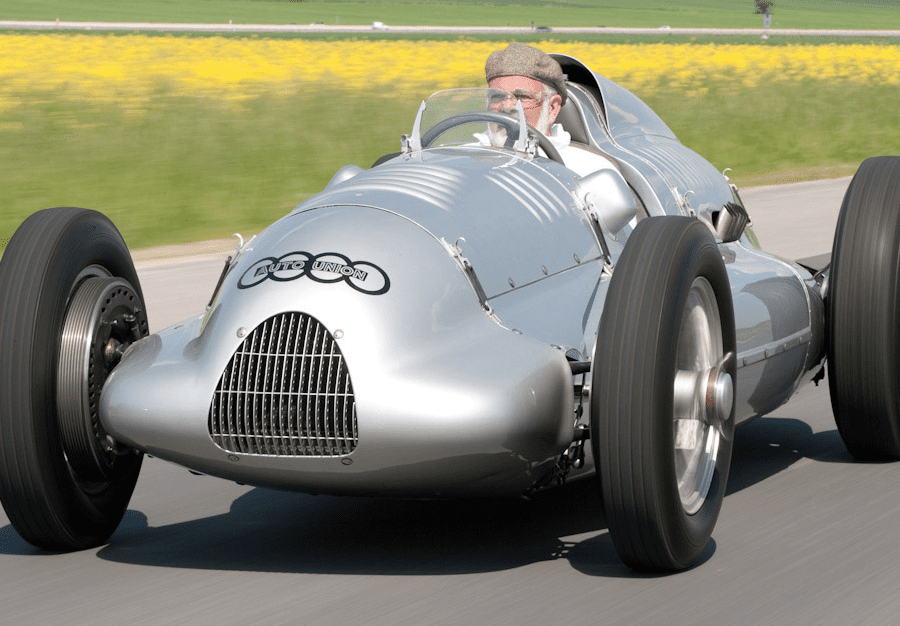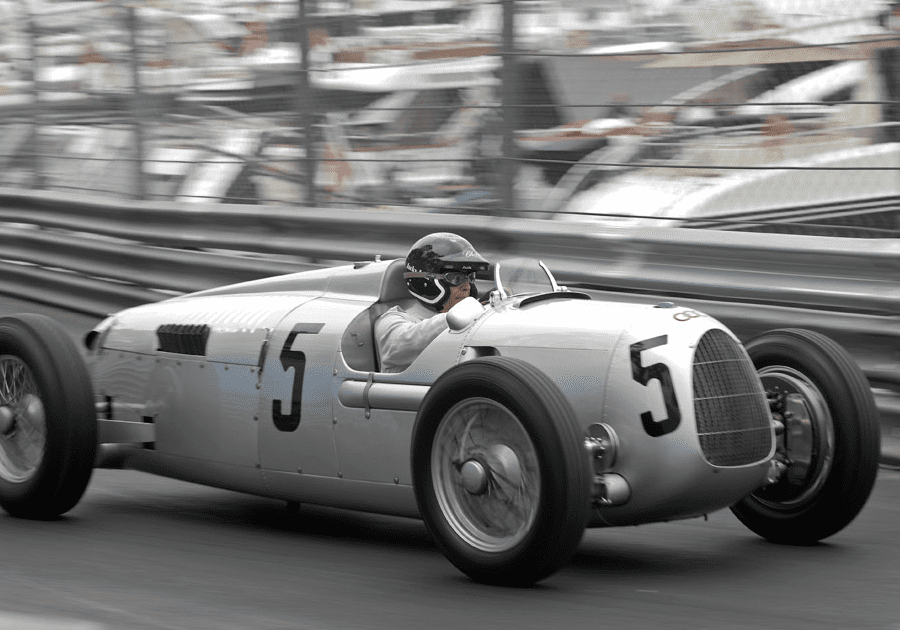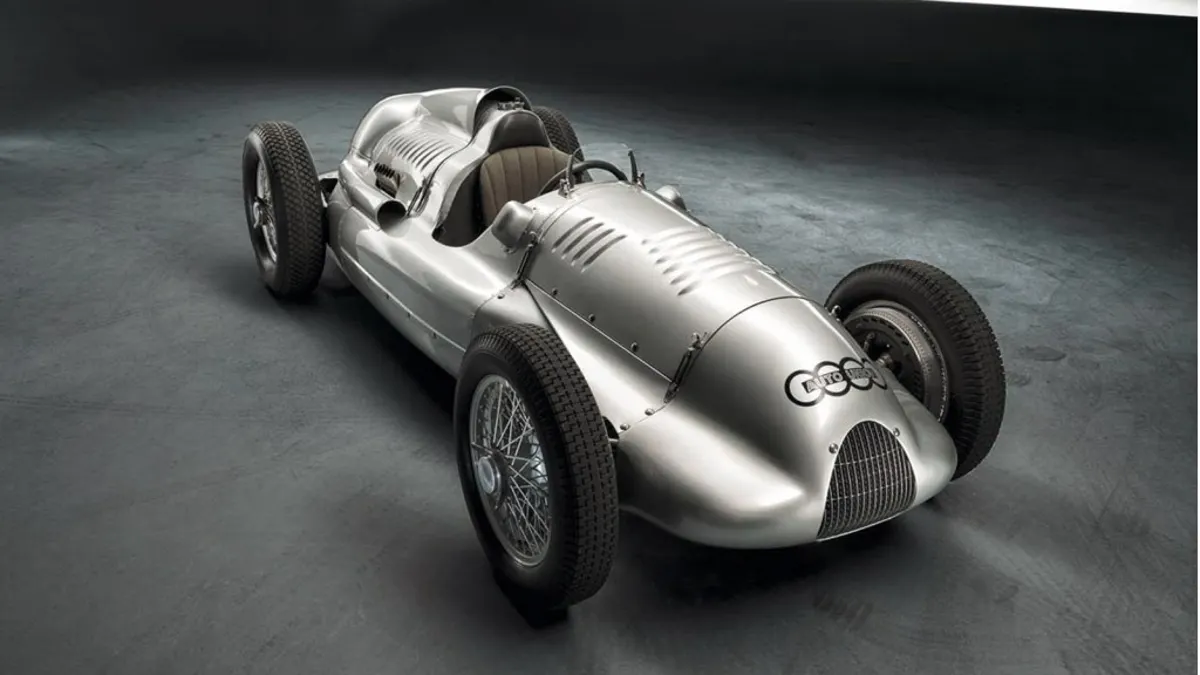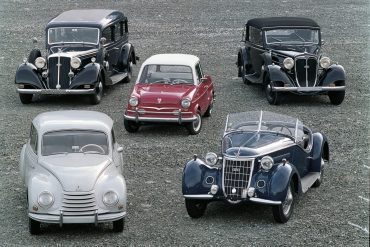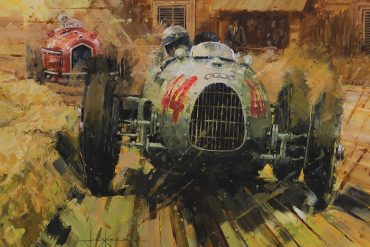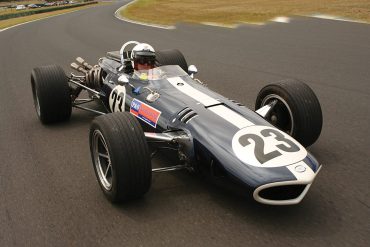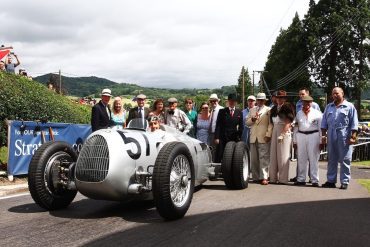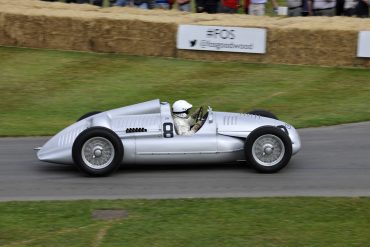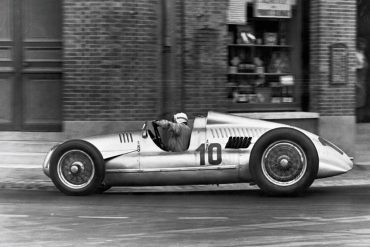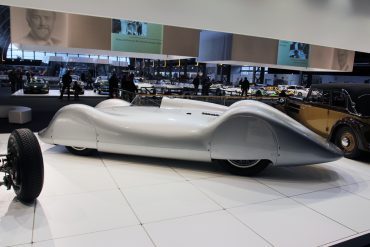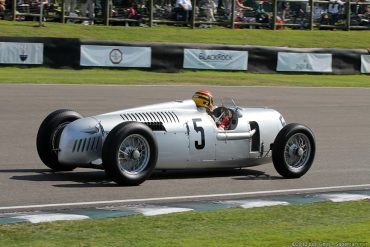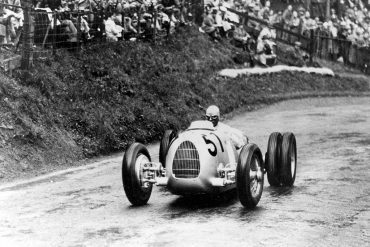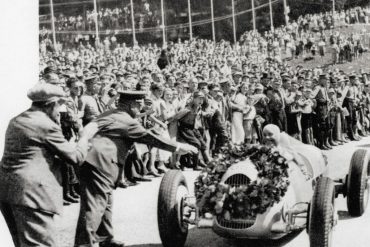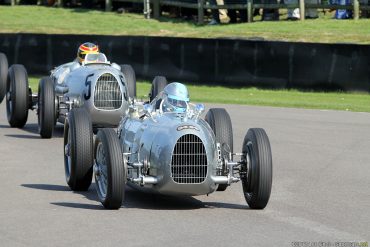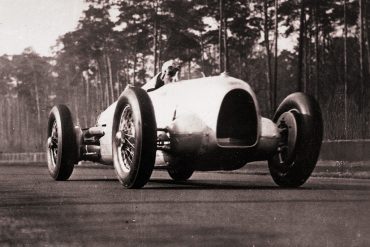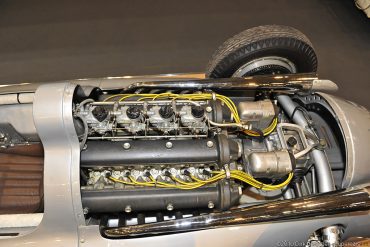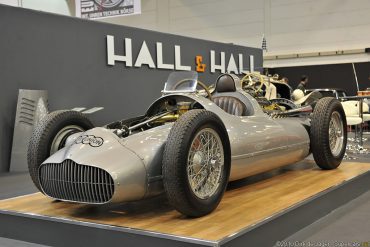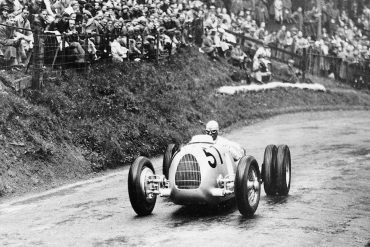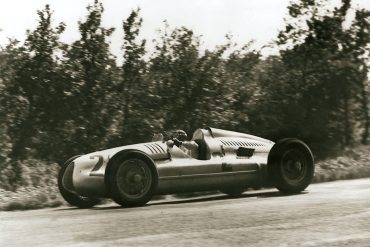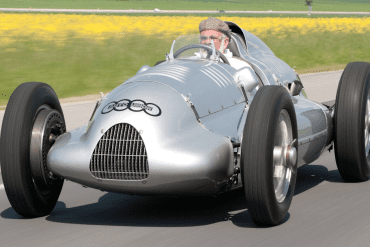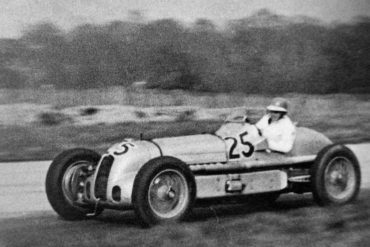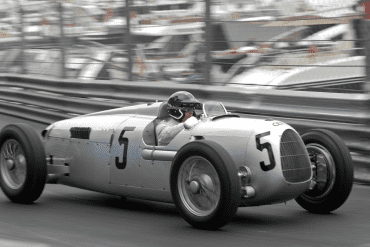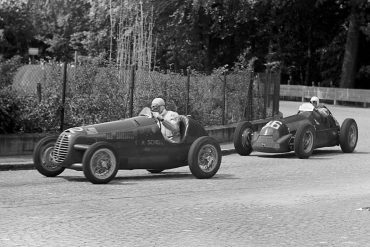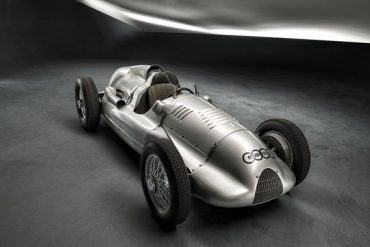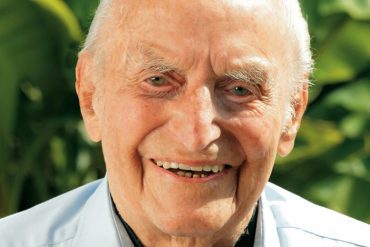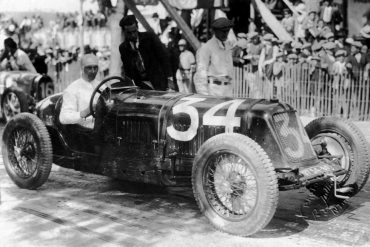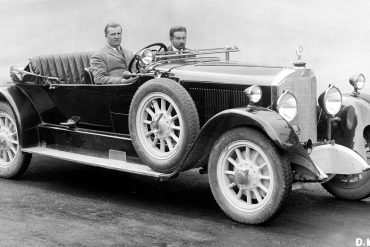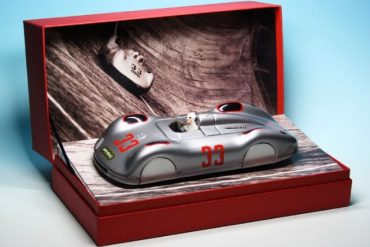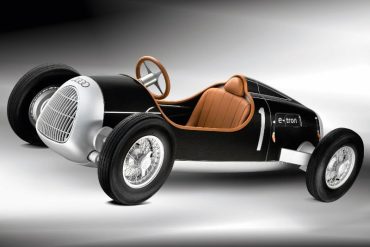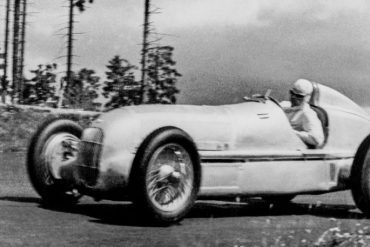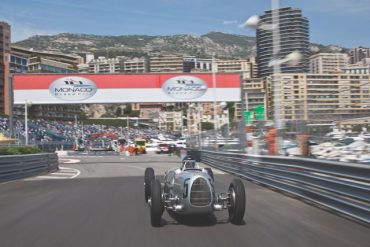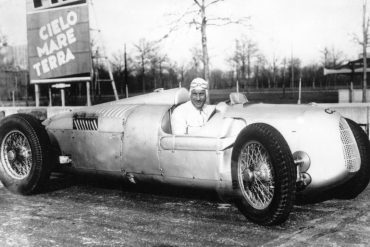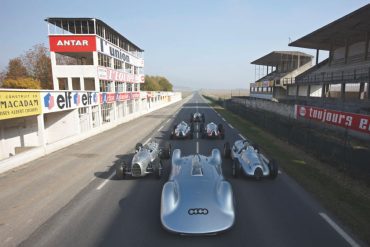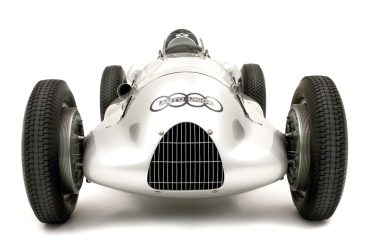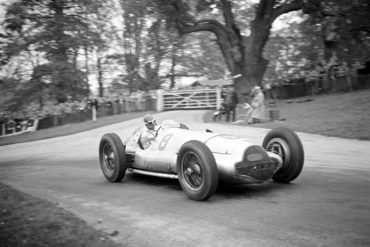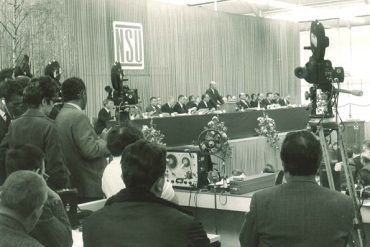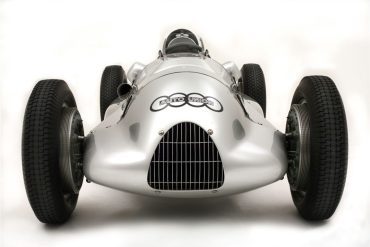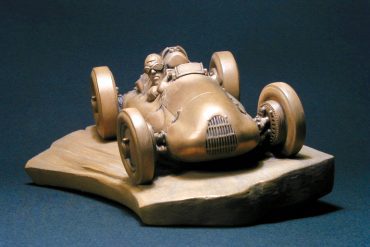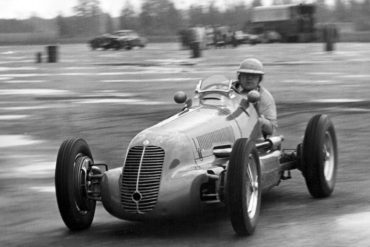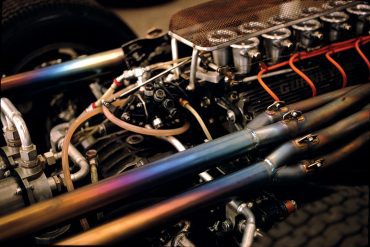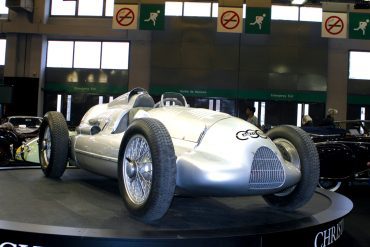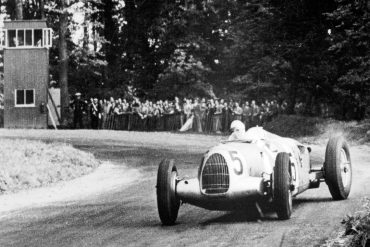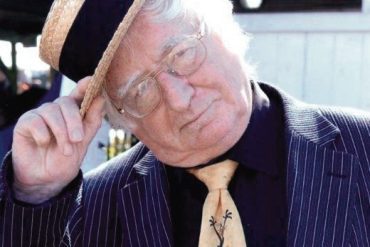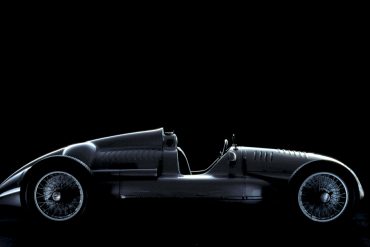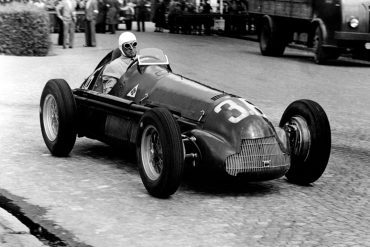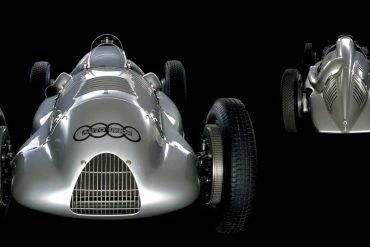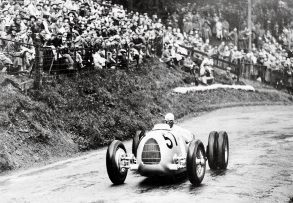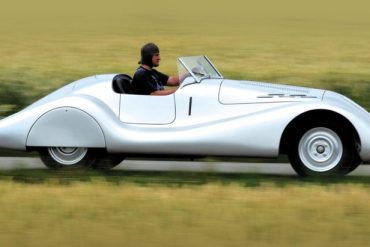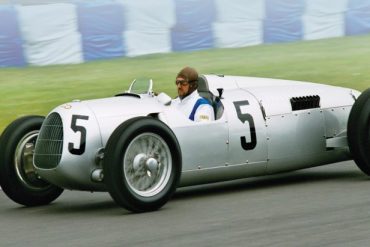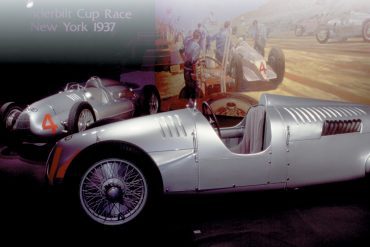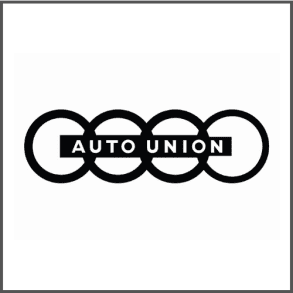
Auto Union
Research, History, Reviews, Media & More
Introduction / Featured Stories / Model Guides / News & Updates
Auto Union: Pioneering German Motorsport in the 1930s
Auto Union was a legendary German automotive brand formed in the 1930s, known for its revolutionary race cars and contributions to pre-war Grand Prix racing. The company’s advanced engineering, particularly its rear-engine race cars, helped establish Germany as a dominant force in motorsport, competing fiercely with Mercedes-Benz. This post explores the founding of Auto Union, its history, the iconic car models it produced, and the special milestones that defined its success in racing.
The Founding: A Merger of Four Iconic Brands
Auto Union was founded in 1932 as a result of the merger of four major German automobile manufacturers: Audi, DKW, Horch, and Wanderer. The merger was initiated during the Great Depression to pool resources and strengthen the companies’ ability to compete in the tough economic climate. Auto Union was headquartered in Chemnitz, Germany, and the company’s logo—four interlinked rings—symbolized the unity of the four brands, a logo that is still used by Audi today.
The racing division of Auto Union, supported by the German government under the direction of Adolf Hitler, was tasked with showcasing German engineering excellence on the world stage. The rivalry between Auto Union and Mercedes-Benz, both heavily funded by the government, became a key part of the brand’s identity in motorsport.
The Evolution of Auto Union: Racing Innovation and Success
Auto Union’s journey in Grand Prix racing was marked by several key developments and iconic car models, many of which set new standards in automotive engineering:
The Revolutionary Rear-Engine Design: The Auto Union Type A (1934)
One of the most revolutionary aspects of Auto Union’s racing cars was the decision to place the engine in the rear of the car, a bold departure from the front-engine layout common in racing at the time. This design was pioneered by Austrian engineer Ferdinand Porsche, who believed that placing the engine behind the driver would improve the car’s balance and handling.
The Auto Union Type A, introduced in 1934, was the team’s first rear-engine race car. Powered by a 4.4-liter V16 engine that produced around 295 horsepower, the Type A was an engineering marvel. Its unique layout allowed for better weight distribution, giving it a competitive edge over traditional front-engine cars.
The Auto Union Type B and Type C: Racing Dominance (1935-1937)
Building on the success of the Type A, Auto Union introduced the Type B in 1935. It featured an upgraded 5.0-liter V16 engine that produced 375 horsepower, making it even faster and more powerful. During this period, Auto Union race cars were driven by some of the greatest drivers of the era, including Hans Stuck and Bernd Rosemeyer, who helped the team achieve numerous victories on the Grand Prix circuit.
In 1936, Auto Union unveiled the Type C, widely regarded as the pinnacle of the brand’s racing cars. With a massive 6.0-liter V16 engine producing over 520 horsepower, the Type C was capable of reaching top speeds of over 300 km/h (186 mph). Bernd Rosemeyer won the European Championship in 1936 driving the Type C, solidifying Auto Union’s position as a dominant force in motorsport.
The Introduction of the Streamlined Cars: Auto Union Type D (1938-1939)
In 1938, Auto Union introduced the Type D, a more refined version of its earlier race cars. The Type D featured a supercharged 3.0-liter V12 engine and an aerodynamically optimized body, designed for improved performance on high-speed circuits. The streamlined design was particularly effective in reducing drag, allowing the car to achieve higher top speeds.
Although the Type D did not enjoy the same level of dominance as its predecessors, it was still highly competitive and marked the final evolution of Auto Union’s pre-war Grand Prix cars.
Special Milestones and Achievements
Throughout its brief but impactful time in motorsport, Auto Union achieved several significant milestones that cemented its legacy in racing history:
Pioneering the Rear-Engine Layout: Auto Union was one of the first manufacturers to successfully implement a rear-engine layout in racing, a concept that later became standard in modern Formula One cars. The innovative design improved weight distribution and handling, giving Auto Union cars a distinct advantage on the track.
Record-Breaking Performances: In addition to its success in Grand Prix racing, Auto Union also set numerous land speed records. In 1937, Bernd Rosemeyer set a world speed record of 406 km/h (252 mph) on a German autobahn, driving a specially designed Auto Union streamliner.
Grand Prix Victories: Auto Union’s cars dominated many of the Grand Prix races of the 1930s, with drivers like Hans Stuck, Bernd Rosemeyer, and Tazio Nuvolari leading the team to multiple victories. These wins established Auto Union as a top competitor in European motorsport.
European Championship Win: In 1936, Bernd Rosemeyer won the European Championship driving the Auto Union Type C, defeating fierce competition from Mercedes-Benz and other rivals. This victory marked the height of Auto Union’s racing success.
The End of an Era: World War II and Beyond
Auto Union’s success in motorsport came to an abrupt end with the outbreak of World War II in 1939. The company’s factories were repurposed for military production, and racing activities ceased. After the war, Auto Union’s assets were seized by the Soviet Union, and the company was dissolved in East Germany. However, the Auto Union name was revived in West Germany in the 1950s, eventually merging with Audi, where its legacy continues today.
The Legacy of Auto Union in Modern Motorsports
Auto Union’s impact on motorsport and automotive engineering continues to be felt today. The rear-engine layout pioneered by Auto Union became the standard for Formula One cars, and the brand’s record-breaking achievements remain a testament to its technological innovation.
In the modern era, Audi, which carries the legacy of Auto Union, has continued the brand’s racing tradition, achieving great success in endurance racing and the World Rally Championship. The spirit of innovation that defined Auto Union lives on in Audi’s racing efforts and its development of high-performance road cars.
Conclusion
Auto Union’s journey from its founding in the 1930s to its dominance in pre-war Grand Prix racing is a story of innovation, ambition, and engineering excellence. Through its groundbreaking rear-engine race cars, world speed records, and Grand Prix victories, Auto Union left an indelible mark on the world of motorsport. Today, the brand’s legacy lives on through Audi, continuing the tradition of pushing the boundaries of automotive performance and design.
Auto Union AG
Industry: Automotive industry, Motor racing
Founded: Auto Union AG
Chemnitz, Germany
(29 June 1932), Auto Union GmbH
Ingolstadt, Germany
(3 September 1949)
Defunct: 1 January 1969 (merger with NSU to Audi NSU Auto Union AG)
Fate: Acquired by Volkswagen,
merged with NSU to create modern day Audi company.
Successor: Auto Union GmbH (1949–1968), Audi NSU Auto Union AG (1969–1985), Audi AG (1985–present)
Headquarters: Chemnitz (1932–1948)
Ingolstadt (1949–1968), Neckarsulm/Audi NSU (1969–1985), Ingolstadt/Audi AG (1985–present)


